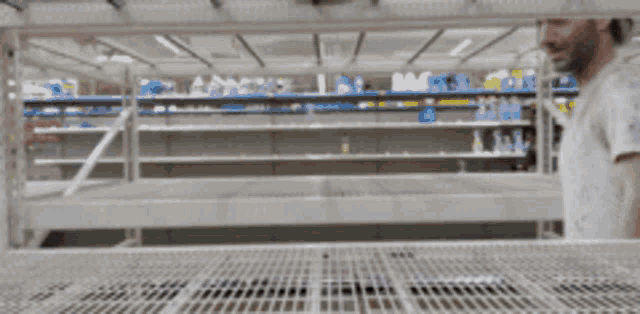Us in 2019: West Coast IPAs! Cask! Lager!
It's been a whirlwind few weeks at Verdant. The Crowdcube campaign has been an amazing experience, getting out to meet beer lovers all over the country and see investment in our small, Cornish brewery grow and grow. Finally our big plans are coming close to reality.
Obviously the focus by everyone we speak to has been on the change is size, but for us the biggest story is the improvements we’ll be able to make so we thought we'd tell you a bit about it. We might miss the physicality of mashing in and stirring the boil, but the new kit will give us a really high level of precision and repeatability, allowing us to focus on the nuances of wort production… those little things that get overlooked when you’re up a ladder or digging out a mash tun, but which might add up to a noticeable improvement in the finished beers.
With all that in mind we have built a completely bespoke brew kit with the amazing team at SSV Limited. We have kept the brew length to a relatively modest 35hl – roughly twice our current size – but made the brewhouse efficient enough that we can brew three times in 12 hours. That means we can adjust between brews to get perfect wort into one of our 105hl fermenters.
The other unusual step we’ve taken is to install not one but two lauter tuns. With most British breweries you have a “false bottom” tun – so the entire mash happens in one vessel, but a German-style lauter system you do you mash steps in the mash tun, then transfer it to sparge and filter in the lauter. In order to create worts across a very large spectrum of gravities with a single lauter, you would need to make big compromises in efficiency (and in our opinion quality of wort). But with two lauters we have a smaller one optimised for table beers and pale ales, and a larger one for IPAs right up to impy stouts – giving us an optimised grain bed depth whatever we brew.
We’ve made lots of other small additions to the brewery that will help with beer quality too. We’re looking at a new all singing-all-dancing canning line, our own malt mill so our grain is as fresh as it can be, and of course a centrifuge. We don’t mean this to sound cheesy but we have genuinely left no stone unturned in the pursuit of beer perfection.
With all these major changes we’re hoping to massively improve our beers and increase the range of what we can produce. By making our processes efficient, consistent and more automated, we can focus on recipe creation and experimentation. That starts with our core range, where we hope to move across to wet yeast (rather than the blend we use at the moment), but we will also increase our big dark beer production (and barrel collection!) and diversify our pale beer range too. Next week we are brewing a big West Coast DIPA with a clean malt bill and tonnes of piney, resiny Simcoe, Amarillo, Cascade, Columbus and Chinook – that is an indication of something we’ll brew more of with the new brewery. We’ve also been working on a North German pilsner, which was originally for our seafood bar but we are so pleased with it we may look to scale it up.
Finally, we hope that with the improved volume we can start to produce and release much more beer locally. Although we are known around the country for our big IPAs, we’d love to see more of our session beers in Falmouth and the rest of Cornwall. Some of our favourite beers are traditional British cask ales – the team particularly love a fresh pint of Proper Job – but if we start to produce cask ales then we want to make sure we do it right. So as ever with Verdant this will mean going right back to basics and figuring out exactly what makes great cask.
It’s a strange feeling to be taking such a huge step just a few years in, but all the big technical decisions have had the wonderful effect of allowing us to look back, readjust and get everything right going forward.



